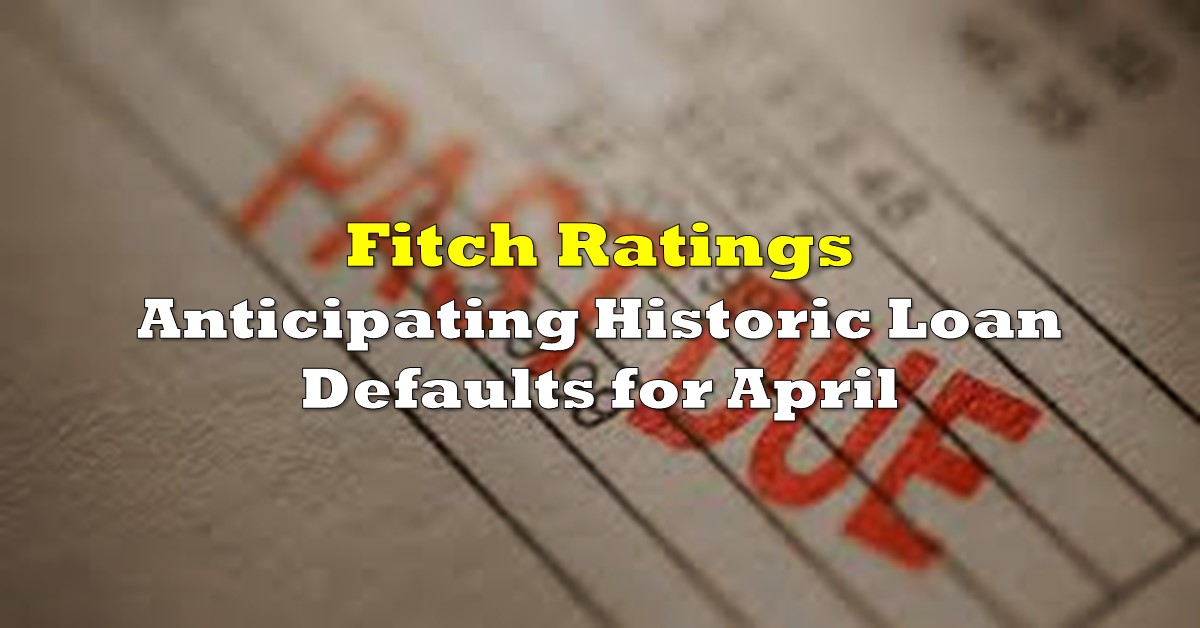Since the onset of economic shutdowns across the US, millions of workers have found themselves unemployed and struggling to make ends meet. Although many have applied to employment insurance in addition to the earmarked $1,200 stimulus checks from the government, it is still not enough as the number of mortgages going into forbearance has been drastically increasing. In response, JPMorgan, which is one of the largest US commercial banks, has quickly put in place new rules as an attempt to prevent 2008 scenarios.
Thus far, JPMorgan has put a stop to any non-government insured loans, followed by increasing the minimum allowable FICO score for mortgage approval from 620 to 700, in addition to increasing the downpayment minimum from 5% to 20%. Since that still was not enough, JPMorgan then began refusing new home equity lines of credit applications. However, in the background, the bank was also increasing the amount set aside for loan loss provisions by over 5 times than the usual amount – indicating that the bank is anticipating a significant increase in loan defaults.

According to Fitch Ratings, the number of institutional term loans expected to default are going to exceed the record of 15, which was set back in 2009. Furthermore, the anticipated default rate will most likely be in excess of 3% for the month of May, breaking the record set from March 2015. Thus far, there have been 14 defaults for the month of April, with 3 of them from the pharmaceutical/healthcare sector.
The retail sector is currently sitting at a 7% default rate, under developing circumstances however, that rate is set to increase to 13% in the coming months, followed by a further increase to 19% by the end of 2020. The large anticipated increases in the default rate are most likely going to stem from Neiman Marcus and JC Penny defaulting on their loans, with the latter expecting to file for bankruptcy. Further defaults are expected from J. Crew, Jo-Ann Stores, Serta Simmons Bedding, and Ascena Retail Group.
For the energy sector, the current default rate is sitting at 5.5%, but is expected to jump to 18% by the end of the year. The forthcoming 12.5% increase is predominantly going to be attributed to potential defaults by California Resources, Seadrill Partners, and Chesapeake Energy.
In the meantime, the telecommunications sector has a default rate of 4%, which has been brought on by a bankruptcy claim filed by Frontier Communications. The figure is expected to increase to 7.5% once Intelsat also completes its filings for bankruptcy.
In March, Fitch adjusted its default forecast for 2020 from 3% to 6%, which would bring the volume to $80 billion. Then for the following year 2021, Fitch is anticipating the default rate to fall between 8% and 9%, which could even increase thereafter if the economy does not pull out of the recession soon.
Information for this briefing was found via Fitch Ratings and Bloomberg. The author has no securities or affiliations related to this organization. Not a recommendation to buy or sell. Always do additional research and consult a professional before purchasing a security. The author holds no licenses.









